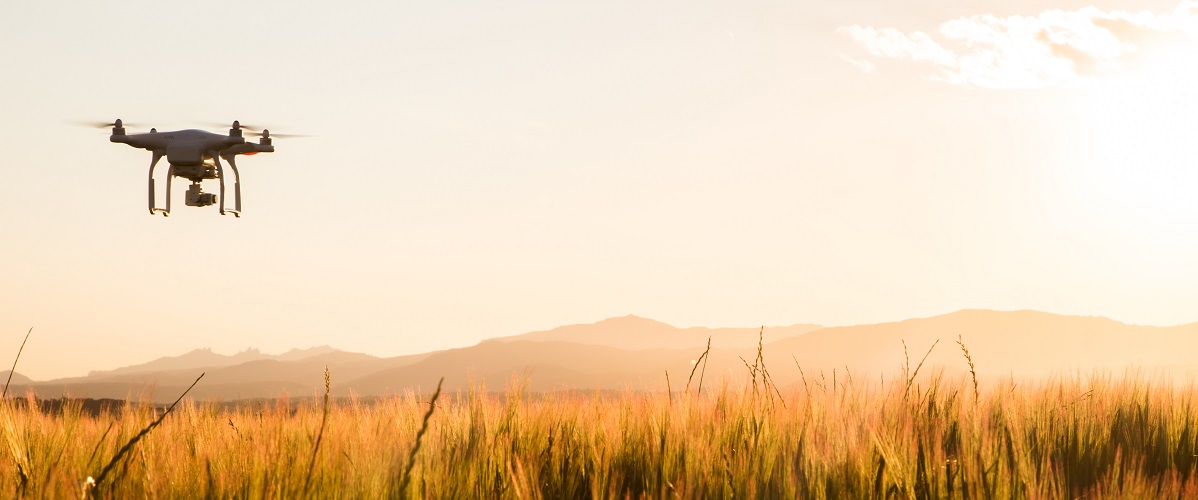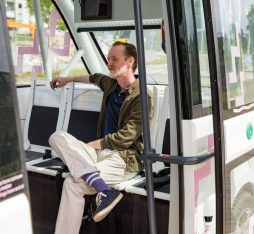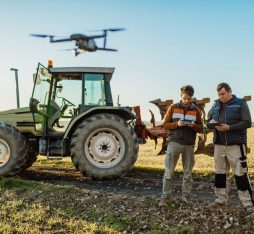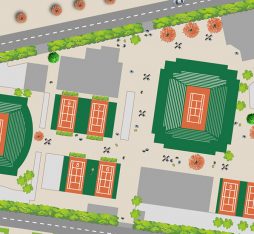Up in the sky, drones are enjoying a strong tailwind. According to aerospace and defense analyst firm Teal Group, global production of civilian UASs (Unmanned Aircraft Systems) will reach nearly $20 billion by 2032, which represents an average annual increase of 10%.
From Connectivity to Services
This growth in supply is following the growth in demand, particularly in relation to professional systems, intended for specific uses in fields such as agriculture, construction or logistics. The use of drones is already helping to transform and modernize operations in multiple business sectors. However, use of drones may come up against certain limitations, such as the need for managed network infrastructure, which is essential for allowing operation beyond the line of sight or traffic control, in particular. In this regard, carriers can play a central role in providing and managing this layer of connectivity. Beyond that, they can position themselves as service providers intended to facilitate and secure the deployment of drones, in order to create a Drone-as-a-Service environment.
An innovation to emulate a drone and the actual environment in which it will operate, as well as its onboard systems and sensors
Drone Digital Copies
Orange is currently exploring this opportunity, particularly in Egypt where the Embedded Systems & Edge-AI team worked on a simulation system that includes a drone digital twin. Flying a drone is a complex task, especially for a novice, such as a farmer who would like to use one to monitor their crops. A member of the team explains: “If the flight planner is not able to fully anticipate the context and conditions of a flight, an error can quickly lead to the failure of an operation and the need to reprogram it, resulting in a loss of time and money. In order to avoid this issue, the drone digital copy/twin performs test flights within a realistic virtual environment where it captures images from its virtual camera and calculates its location as if it was surrounded by a GPS system.” This system provides a safe and cost-effective way to repeat and fine-tune the flights if needed. The system is based on two key components: AirSim, Microsoft’s open-source drone simulator, and Unity, a well-known graphics engine in the video game industry. By combining those components, it is possible to access high-quality simulated graphical assets, and even to go a step further—to emulation—by importing 3D models of actual structures digitized by means of laser scanning. The user can therefore carry out drone training or testing campaigns at will and at controlled cost, in a virtual environment that is as faithful as possible to the conditions of the physical world.
Support for Advanced Uses
Thanks to further complementary developments, the solution can also support technically complex uses of drones, some of which involve AI or computer vision techniques. One of the concepts studied includes analysis of plant health, which uses near-infrared images. “To achieve this, we emulated a near-infrared camera within the Unity engine and imported an actual plot of land into the virtual environment. We were then able to validate the analysis carried out in the solution, by comparing it with that carried out in the real world, on the plot of land concerned.” Another use explored concerns the field of and takes advantage of the ability of the emulated camera to capture virtual images, as a real camera would, in order to do 3D reconstruction of the environment using the captured images.
Fomenting the Success of Drone Operations
This innovation could contribute to the widespread use of drones by mitigating the technical or financial obstacles to their operation. Non-expert audiences may consider using them to meet a need in their specific context. The solution makes it possible to conduct emulated test flights, repeatedly if necessary and without risk or additional cost, in order to validate an operation before it is executed in the field.











